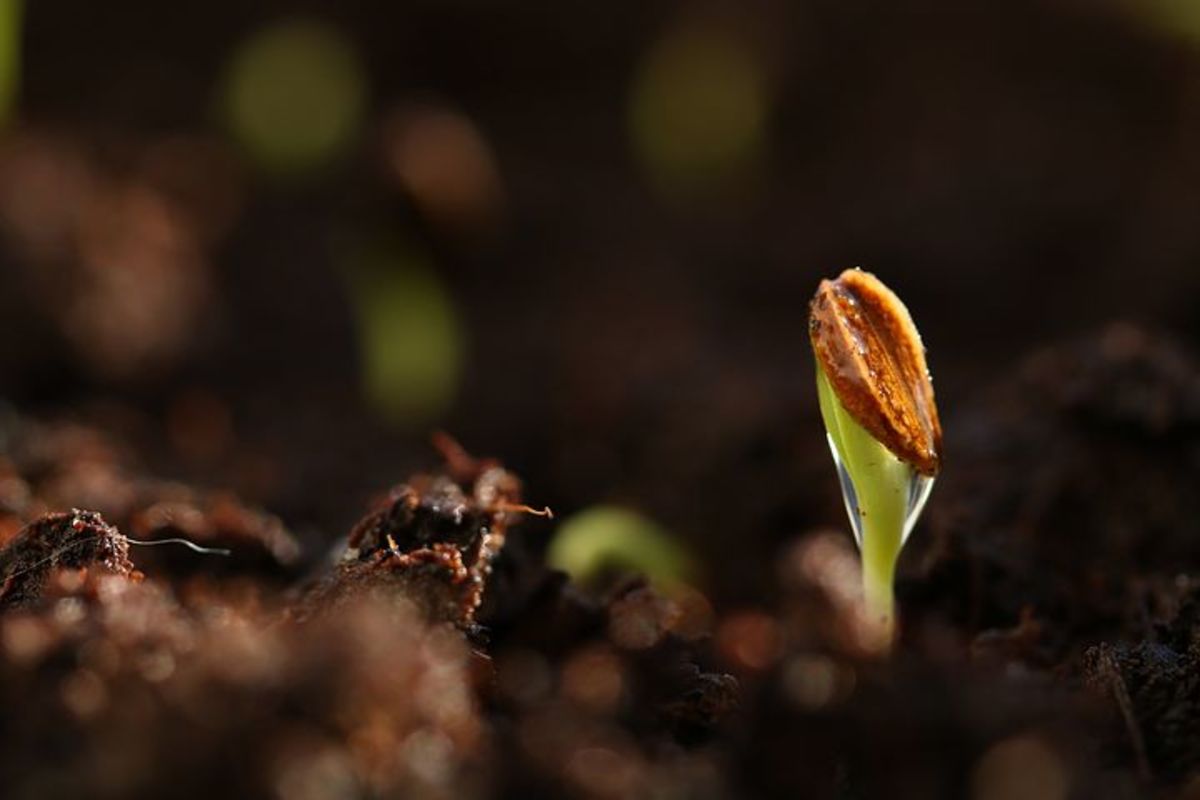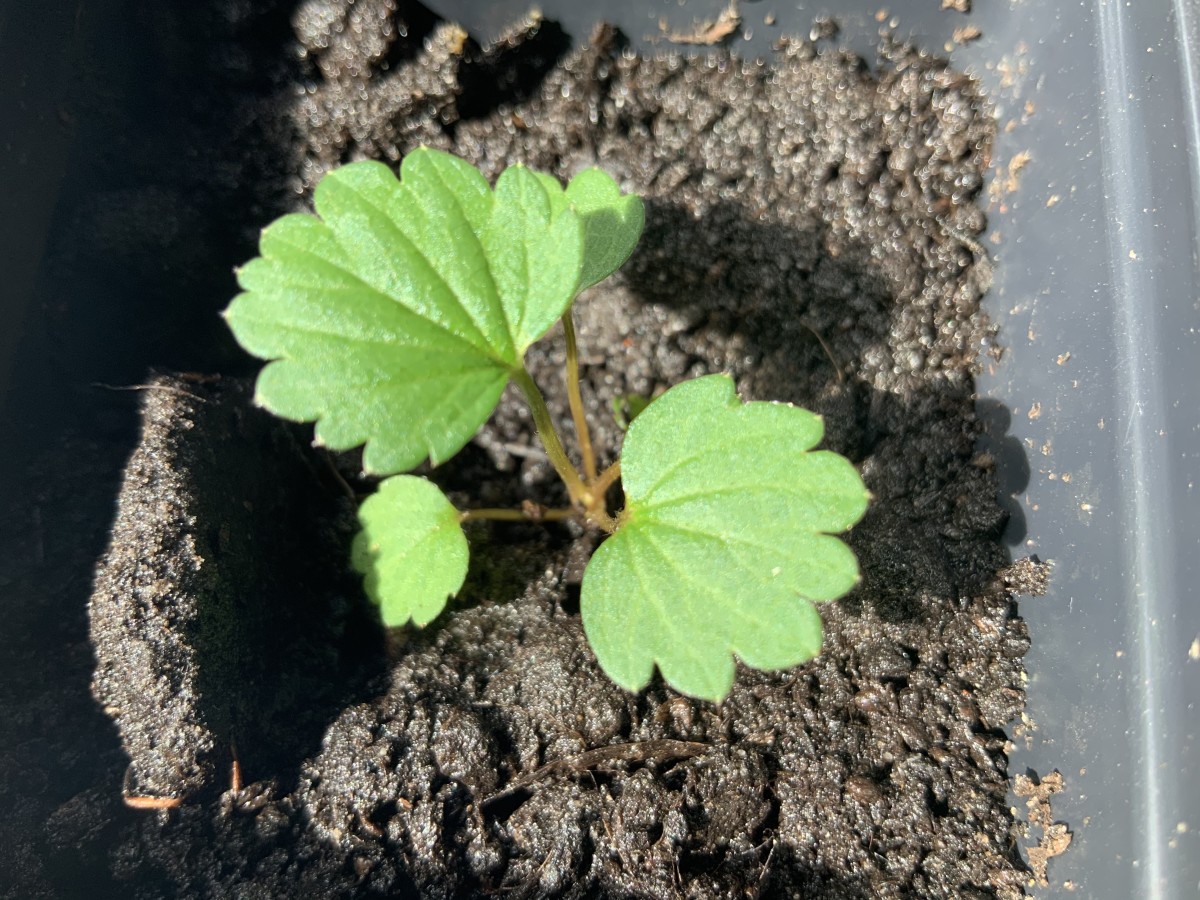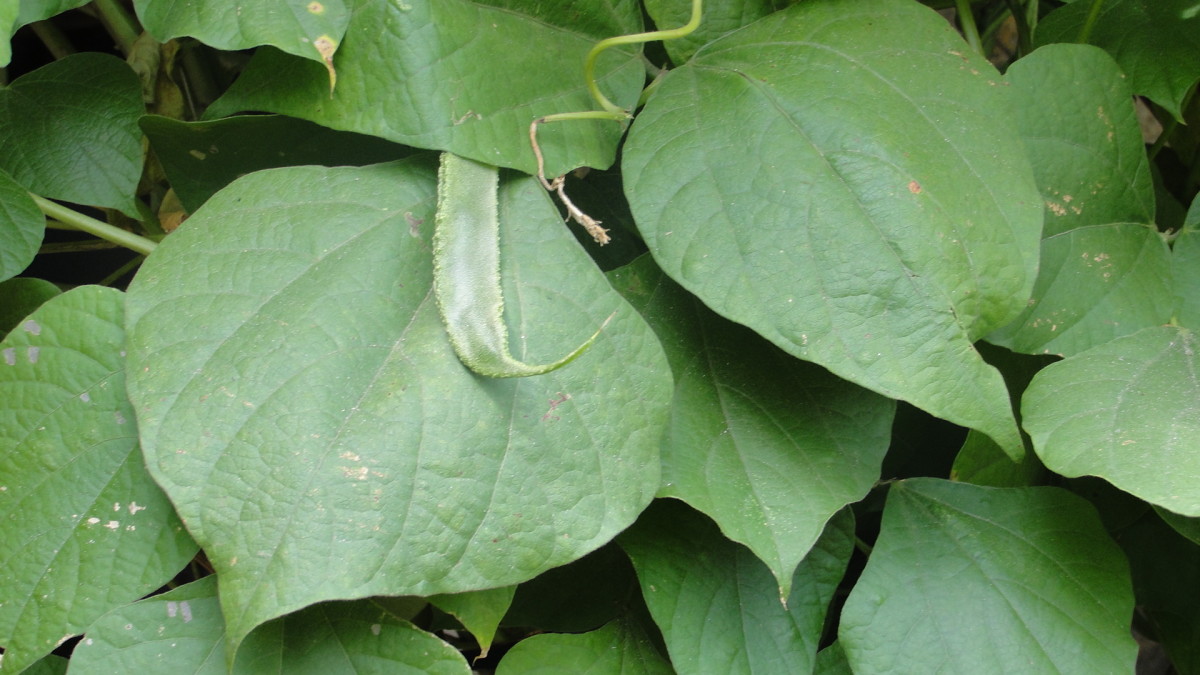Seed Stratification In The Wild And In The Garden
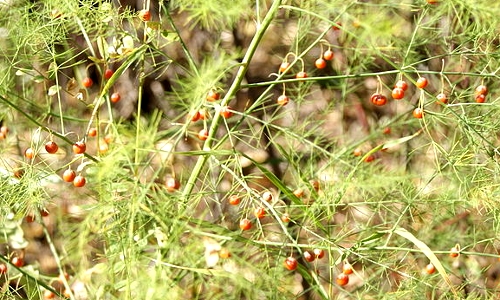
Seed stratification is a process that breaks seed dormancy and facilitates germination, which is favorable to plant propagation. In this text, seed stratification in the wild is discussed, followed by a discussion of seed stratification in private gardening, as well as the various procedures that are typically followed.
Seed Stratification in the Wild
Seed stratification in the wild, pertains to the process of exposing seeds to extreme temperatures to break dormancy. There are two types of seed stratification: warm stratification, which commonly occurs during autumn, and cold stratification, which happens during winter. The dormancy is broken in order to induce germination, and this is carried out by decreasing the level of an endogenous inhibitor that is positively associated with dormancy. There are several textbooks and scientific articles available on the topic, for example Zimdahl’s book Fundamentals of weed science (published in 2007 by Elsevier in London) and Bentsink’s and Koornneef’s article "Seed dormancy and germination" (published online in 2008 in Arabidopsis, doi 10.1199/tab.0119). In the Bentsink and Koornneef (2008, p. 3) article, for example, results are reported that show that: “seed stratification was associated with a decrease in the content of several of the metabolic intermediates accumulated during seed desiccation, implying that these intermediates might support the metabolic reorganization needed for seed germination.”
Under natural conditions, i.e. in the wild, seeds become exposed to the following environmental conditions:
- dry and warm environments during summer
- mild temperatures and moist conditions during autumn
- chilling temperatures during winter
During the dry summer period, seeds lose their dormancy by the process known as warm stratification, or, as it is sometimes called, dry after-ripening. Moreover, during autumn, dormancy is broken and embryo growth is favored due to the mild and moist conditions associated with this particular season. During winter, seeds are subjected to very low temperatures and undergo cold stratification, or, as it is sometimes called, moist chilling, which helps stop dormancy and promote germination. It is during late winter or early spring that seeds tend to germinate. For more information about these processes, see the previously mentioned sources. Another possible source is the 2005 article “The changing window of conditions that promotes germination…” written by Baker and others and published in the journal Annals of Botany (volume 96, pages 1225-1236). See also the 2009 article “Environmental regulation of dormancy loss in seeds…” written by Scholten and others and published in the same journal, Annals of Botany (volume 103, pages 1091-1101).
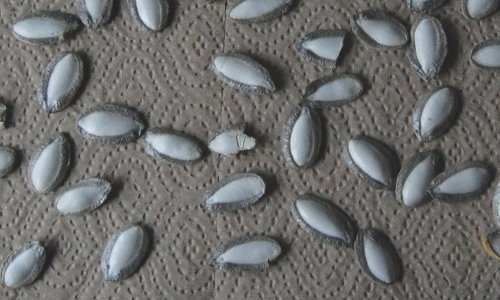
Seed Stratification in Private Gardening
In ordinary private gardening, seed stratification is also carried out in order to break seed dormancy and facilitate germination. There are several documents available that discusses this, for example Propagating plants from seed, written by Kumar, Larsen and Schekel and published by the Pacific Northwest Extension in the United States. On a side note, Pacific Northwest Extension is a joint venture between three Pacific Northwest universities and they publish a great deal of well-written and easy-accessible documents on gardening.
Cold stratification, or moist chilling, is recommended for:
- ornamental tress such as those belonging to the Choinanthus family such as white fringe tree, fringe tree and old man’s beard
- ornamental flowering plants
- vegetables (Source: Lonnee’s, Rose’s, Selinger, and Whitman’s book Growing shrubs and small trees in cold climates published 2001 by University of Minnesota Press.)
In the same vein, cold stratification, or moist chilling, is used in hastening the germination of seeds of most perennial flowering plants such as False Indigos, Monkshood, Lady’s Mantle, Columbine, and Purple Coneflowers. Similarly, cold stratification/moist chilling is also used in the propagation of asparagus, something that is discussed by, for example, Pittenger in the California Master Gardener Handbook published in 2004 by the University of California. For further information, see also Heger’s, Lonnee’s, and Whitman’s book Growing perennials in cold climates published in 1998 by University of Minnesota Press.
In gardens, common cold stratification/moist chilling methods, according to Pittenger (full reference above), would entail the following steps:
- Placing sand or vermiculite in a clay pot to about one inch from the top.
- Placing the seed on top of the medium and covering it ½ inch of sand or vermiculite.
- Wetting the medium thoroughly and allowing excess water to drain through a hole in the pot.
- Placing the pot containing the moist medium and the seed in a plastic bag.
- Tying the plastic bag using a twist tie or a rubber band.
- Placing the bag in a refrigerator where the temperature is kept at 36-45 degrees Fahrenheit (2-7 degrees Celsius).
- Periodically checking to ensure that the medium is moist but is not saturated with moisture.
- Removing the bag from the refrigerator after 10-12 weeks.
- Taking the pot out and setting it in a warm place in the house.
- Watering the pot just to keep it moist.
- Transplanting the seedlings that have emerged into individual pots.
Warm stratification, on the other hand, is a process wherein seeds are exposed to warm or dry conditions. This is discussed by, for example, Schmidt in the book Tropical forest seed published 2007 by the Berlin-based firm Springer. In this book, on page 72, Schmidt states that the seeds are exposed to these conditions to help them “complete the maturation process under controlled conditions after being detached from the plant”.
Warm stratification is commonly required for seeds with internal dormancy to promote after-ripening of the embryos, and is typically followed by cold stratification. It is also used occasionally in place of acid treatment for seed coat dormancy. It can also be used as an intermediate stage in a multiple dormancy treatment. For a discussion about this, see for example Emery’s book Seed propagation of native California plants published in 1987 by Santa Barbara Botanic Garden.
Warm stratification is recommended for, for example, tropical flowering plants such as Portulaca, African Lily, Hearts and Flowers, Madagascar Periwinkle, and Dissotis. This is discussed by Rauch and Weissic in their book Plants for tropical landscapes published 2000 by the University of Hawaii Press. Another example is squash seeds, which germinate after being subjected to warm stratification.
According to Pittenger (full reference above), warm stratification typically entails the following steps:
- Placing the seeds into moistened sections of cheesecloth.
- Placing the cheesecloth in a plastic bag of moistened sphagnum moss.
- Leaving the plastic bag in a warm section of the house, with a temperature of 68-85 degrees Fahrenheit (20-30 Celsius).
- Depending on the species of the plants, germination is expected to occur between 2 to 6 weeks.
Ending summary
The process of seed stratification both in the wild in private gardening has been discussed. In the wild, stratification occurs naturally, when the dormancy of seeds is broken and germination is subsequently facilitated through exposure to optimum temperature (cold or warm). In private gardening, stratification is done using controlled conditions. For cold stratification, seeds are subjected to low temperatures ranging 36-45 degrees Fahrenheit (2-7 degrees Celsius) for 10-12 weeks. On the other hand, for warm stratification, seeds are subjected to high temperatures ranging 68-85 degrees Fahrenheit (20-30 Celsius) for 2 to 6 weeks.
© 2012 Kent Lofgren

